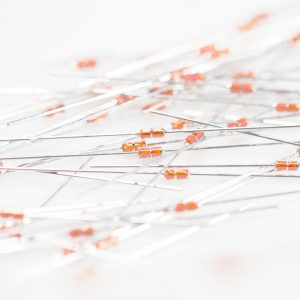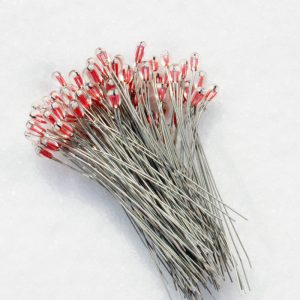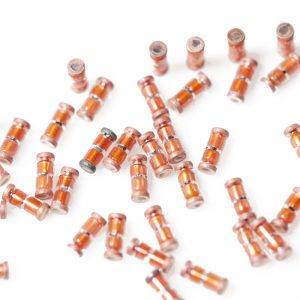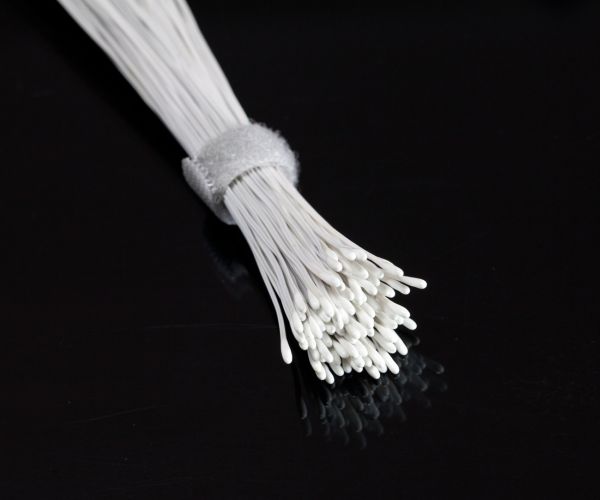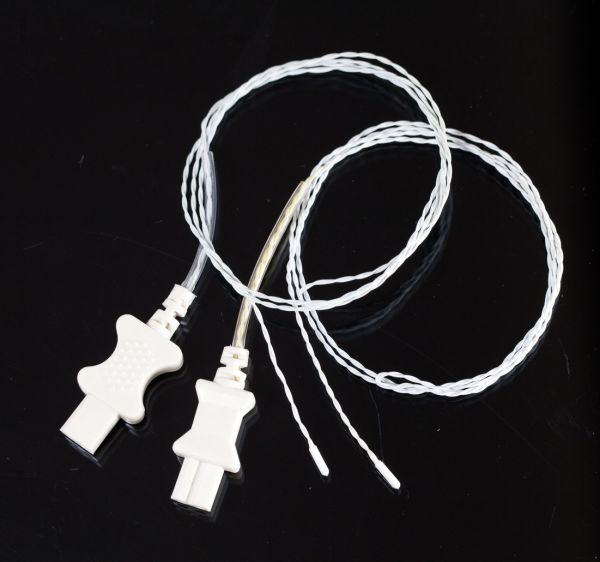The body temperature measurement in the monitor generally uses a thermistor with a negative temperature coefficient as a temperature sensor, that is, the temperature measurement is obtained according to the characteristic that the resistance value of the thermistor changes with temperature. Temperature monitoring is often used in critically ill patients with neonatal, fever, shock, and low-temperature anesthesia. The probe for body temperature measurement can be divided into a body surface probe and a body cavity probe, which are used to monitor the body temperature of the body surface and the cavity, respectively.
The operator can place the temperature probe on any part of the patient’s body as needed. Since different parts of the body have different temperatures, the temperature value measured by the monitor is the temperature value of the probe part placed on the patient’s body. It is different from the temperature value of the mouth or underarm. During the measurement of body temperature, there is a thermal equilibrium process between the measured part of the patient’s body and the sensor in the probe. That is, when the probe is initially placed, since the sensor has not completely reached the thermal equilibrium with the human body temperature, the temperature displayed at this time is not the same. The actual temperature of the part must reach the thermal equilibrium after a few minutes to truly reflect the actual temperature of the part.
When measuring body temperature, pay attention to keep the sensor in reliable contact with the body surface. If the sensor is not firmly attached or the patient moves, causing a gap between the sensor and the human skin, the temperature measurement may be low.
The normal value of body temperature is 36 ° C ~ 37 ° C on the body surface, 36 ~ 5 ° C ~ 37 ° 7 ° C in the cavity.
1), body temperature monitoring can be divided into:
a. Body surface temperature (ambient temperature): refers to the temperature of the surface layer of the body, which is directly affected by the external temperature;
b. Deep temperature (central temperature): refers to the temperature in the deep part of the body. It is relatively stable and uniform, and is less affected by external temperature;
c. Temperature difference (ΔT): refers to the difference between the center temperature and the body surface temperature, mainly used for monitoring of temperature anesthesia, monitoring of patients with severe shock, control of pediatric incubator, cardiopulmonary bypass surgery, etc.;
2), normal body temperature: rectal temperature: 36.9 ~ 37.9 ° C;
The oral temperature is: 36.6~37.6 °C;
The temperature of the armpit is: 36.2~37;
3), body temperature monitoring site: oral temperature; nasal temperature; esophageal temperature (application during surgery); armpit temperature; rectal temperature (anal temperature);
4), affecting temperature factors:
a. Circadian rhythm difference: the temperature of the day has rhythmic fluctuations, but does not exceed 1 °C;
b. Seasonal and regional influences: the individual body temperature is generally about 0.3 °C higher than that in winter.
c. Gender impact: women’s body temperature is 0.3°C higher than men’s average;
d. Age influence: children and adolescents have higher body temperature and lower ages;
e. Mental and physical activity effects: mental stress, elevated body temperature during muscle activity;
Clinical significance of body temperature monitoring parameters
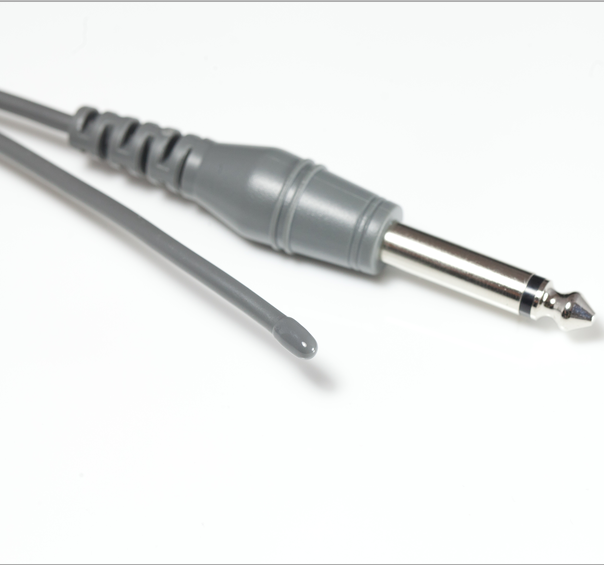
13
Jun



